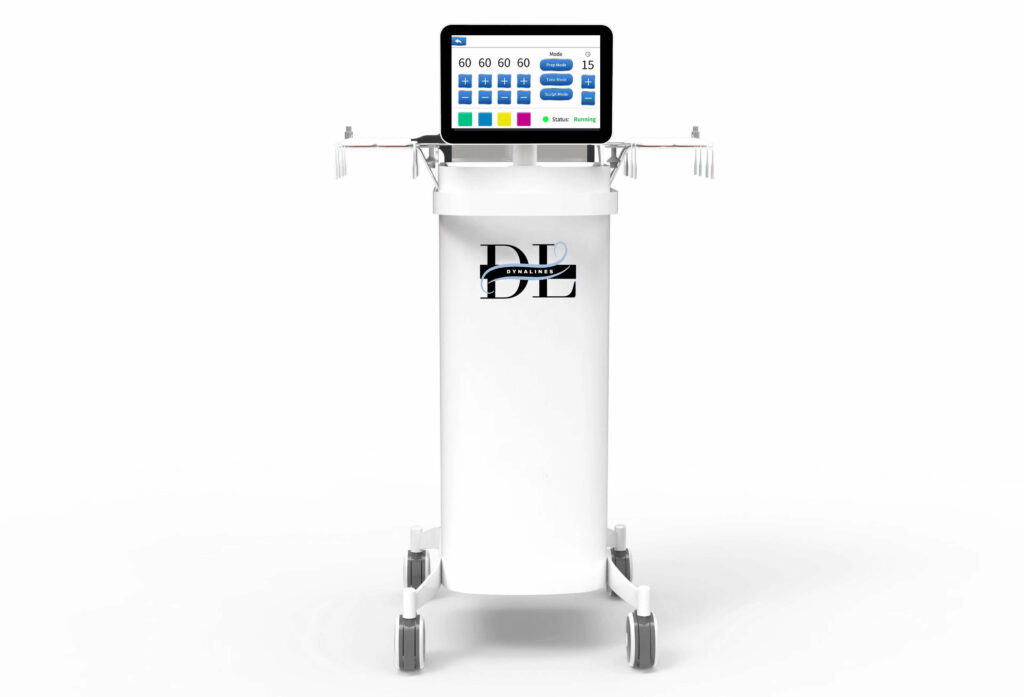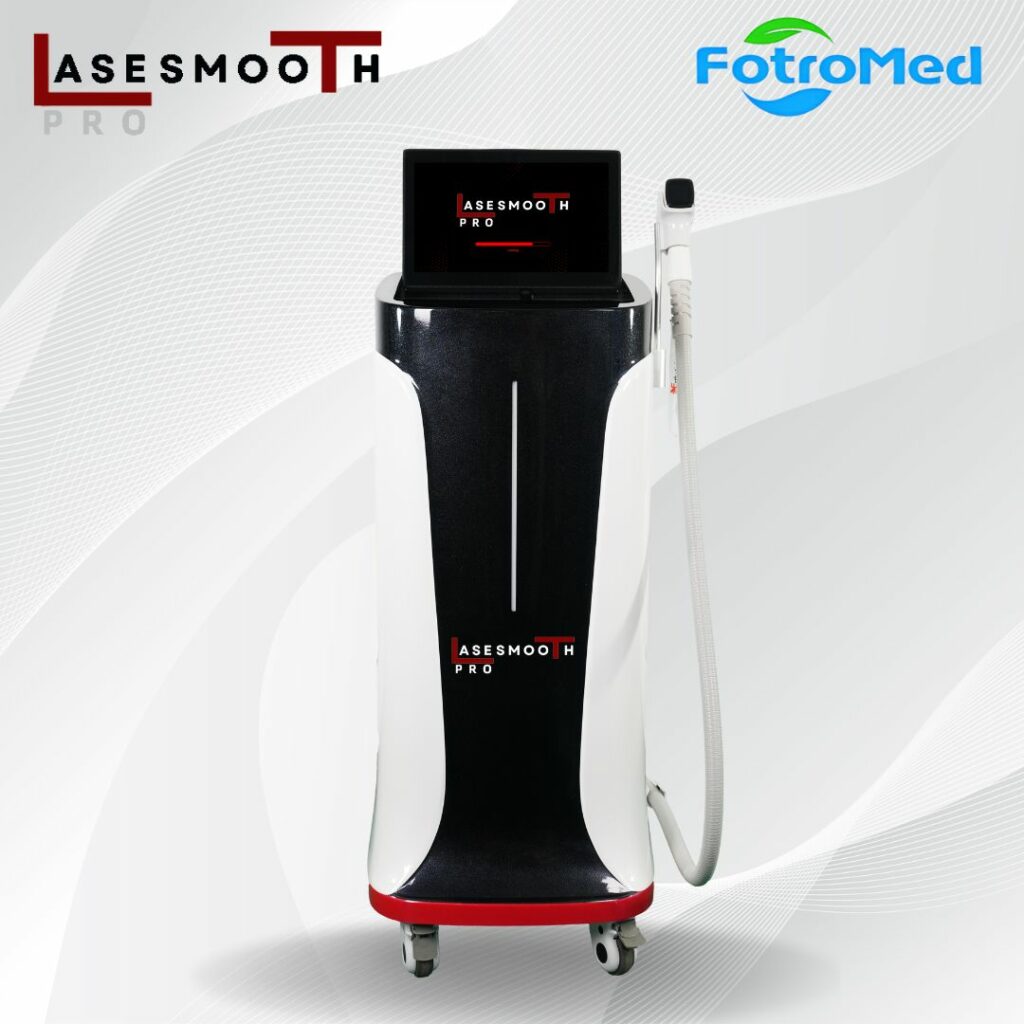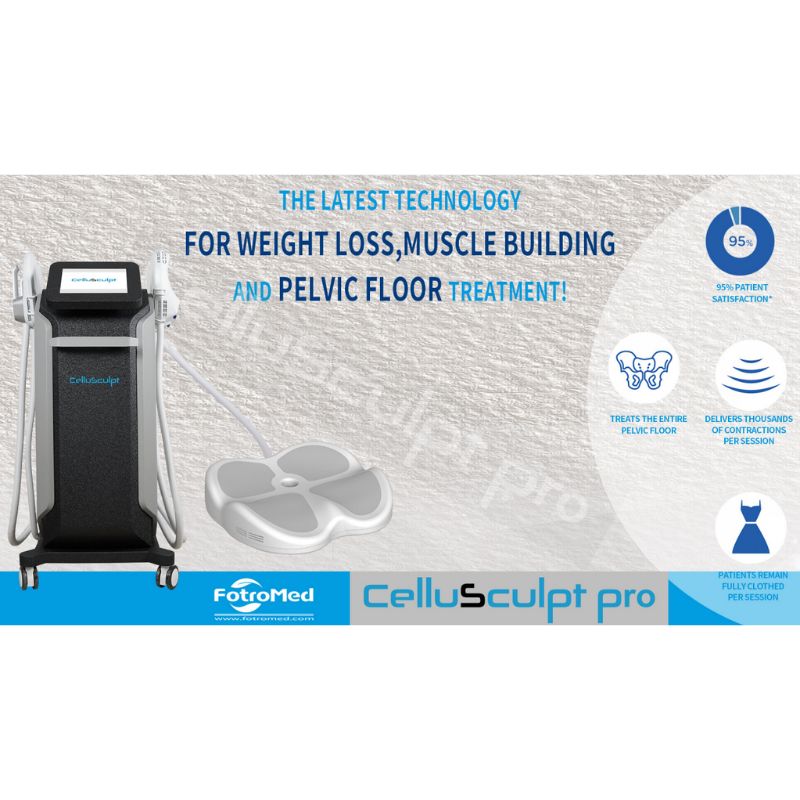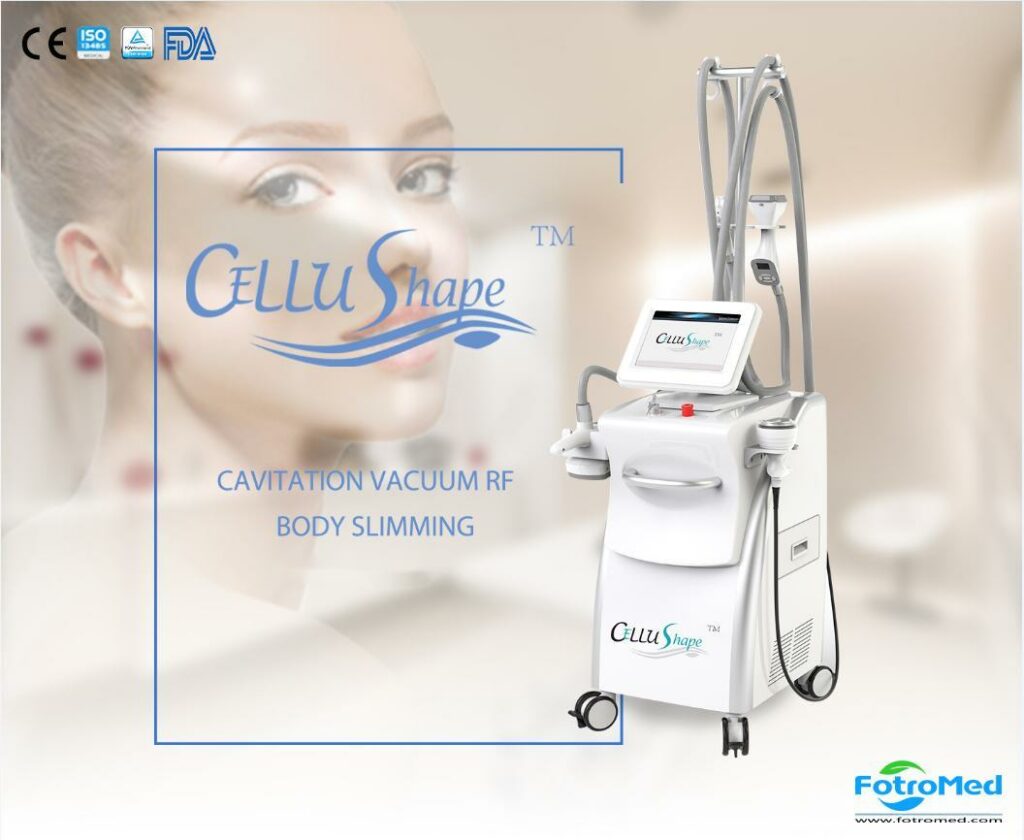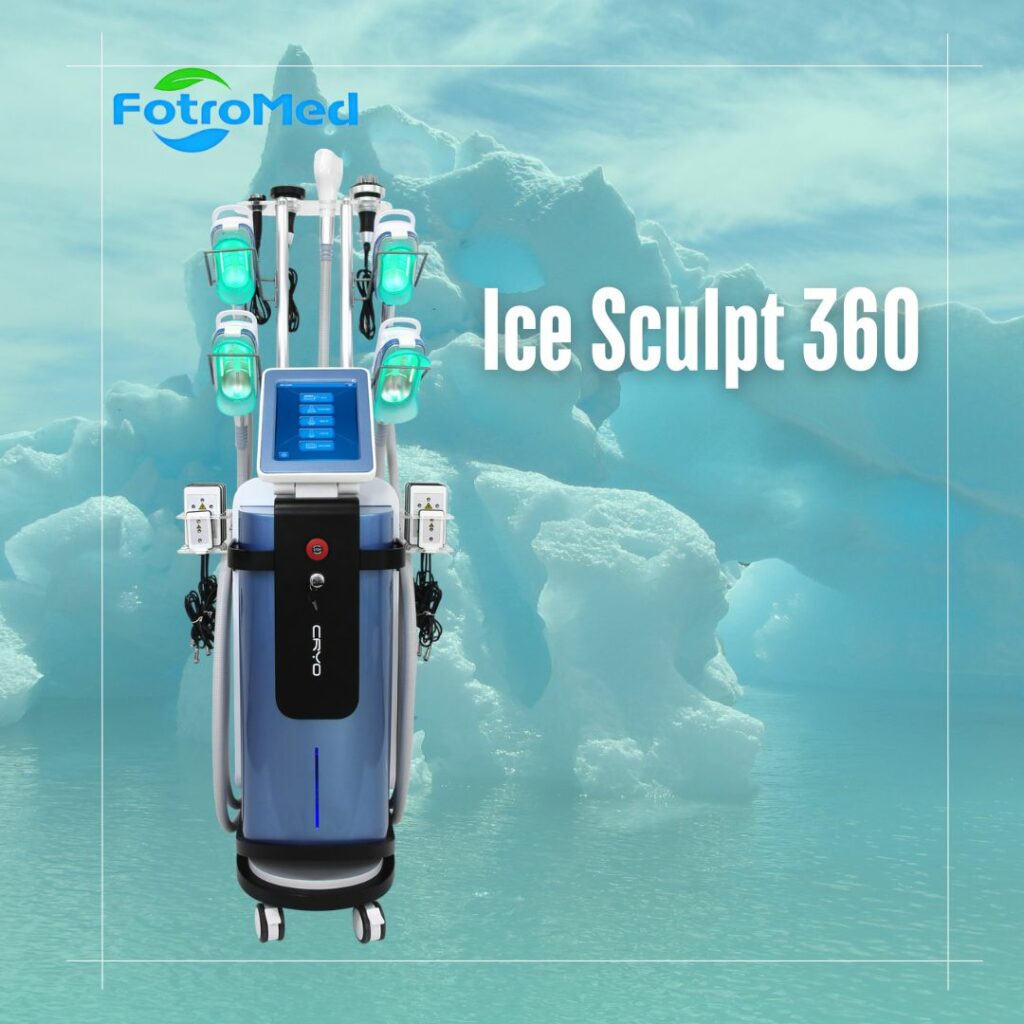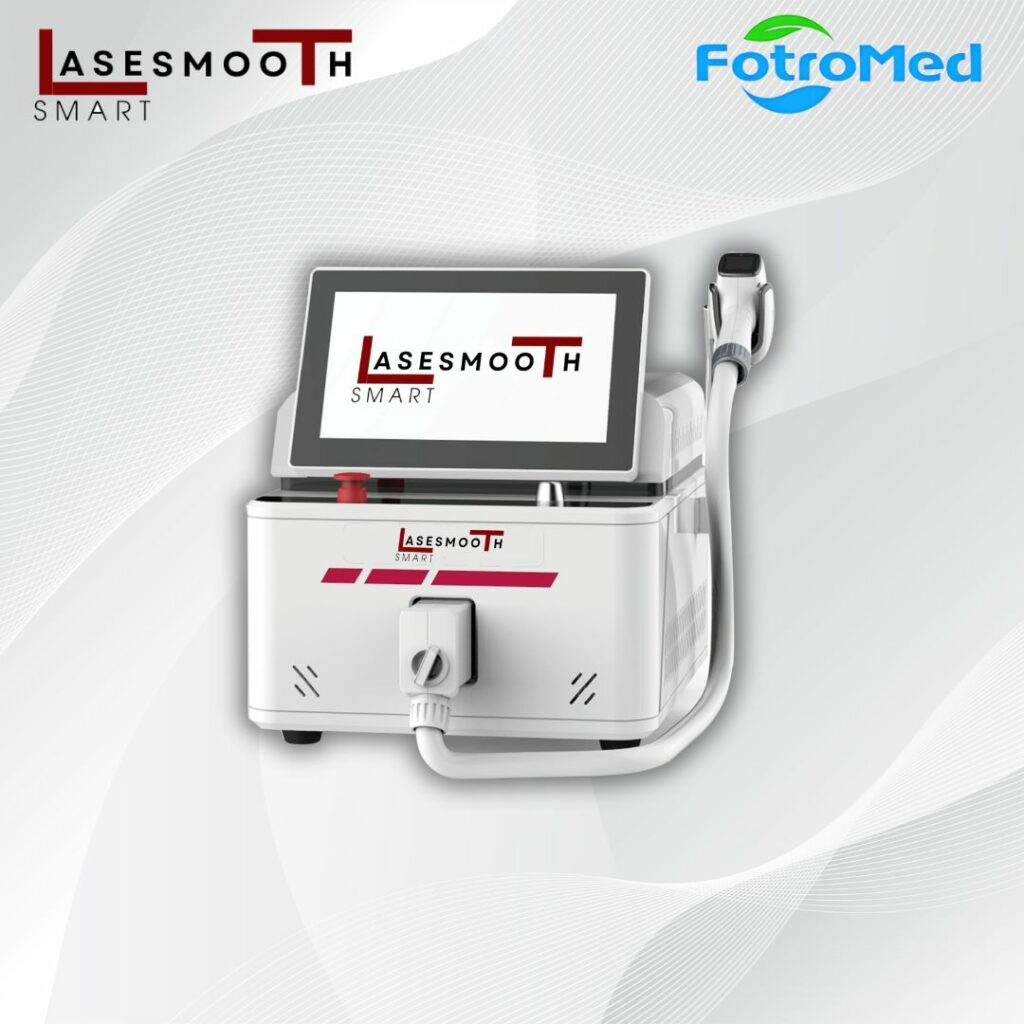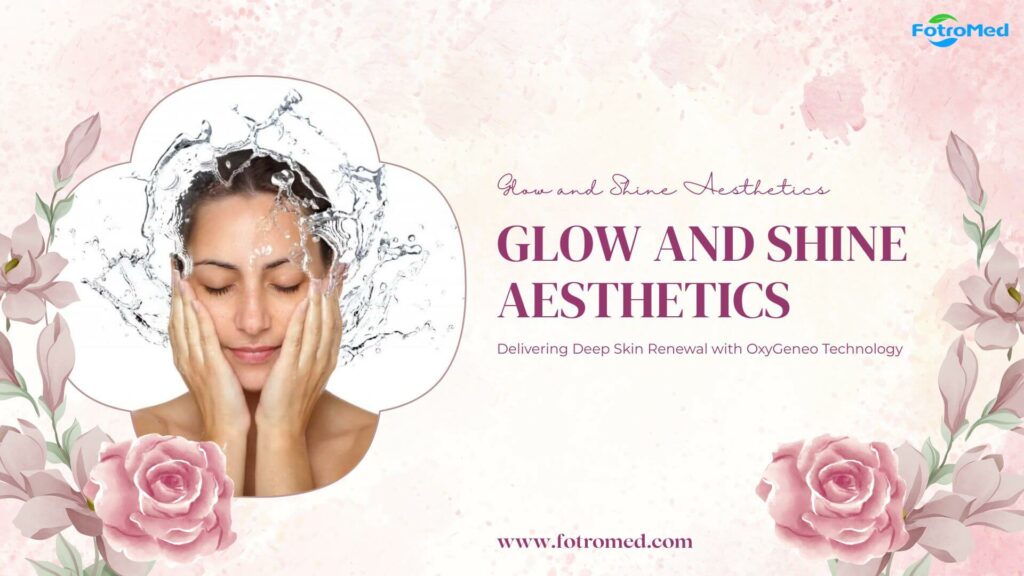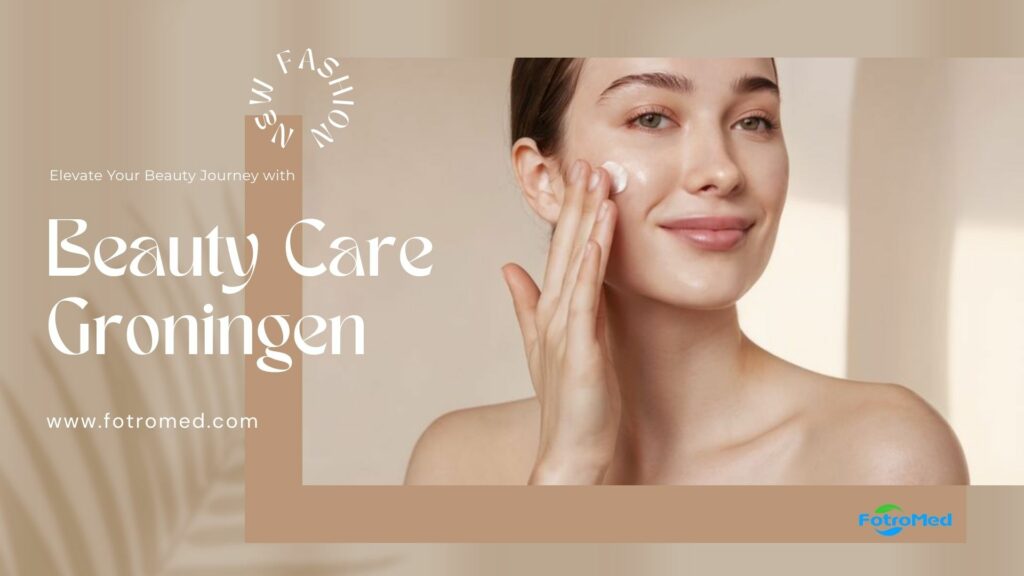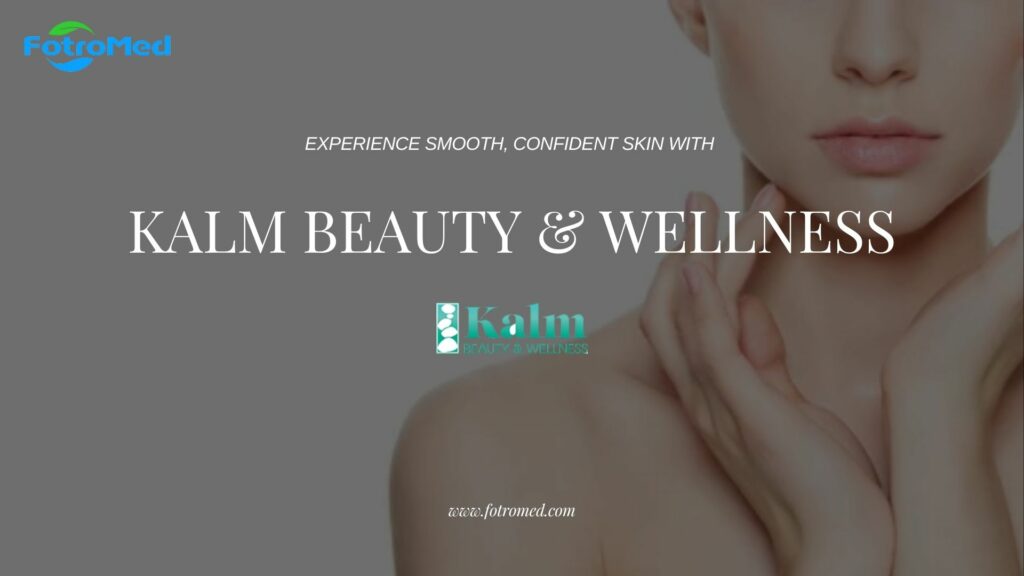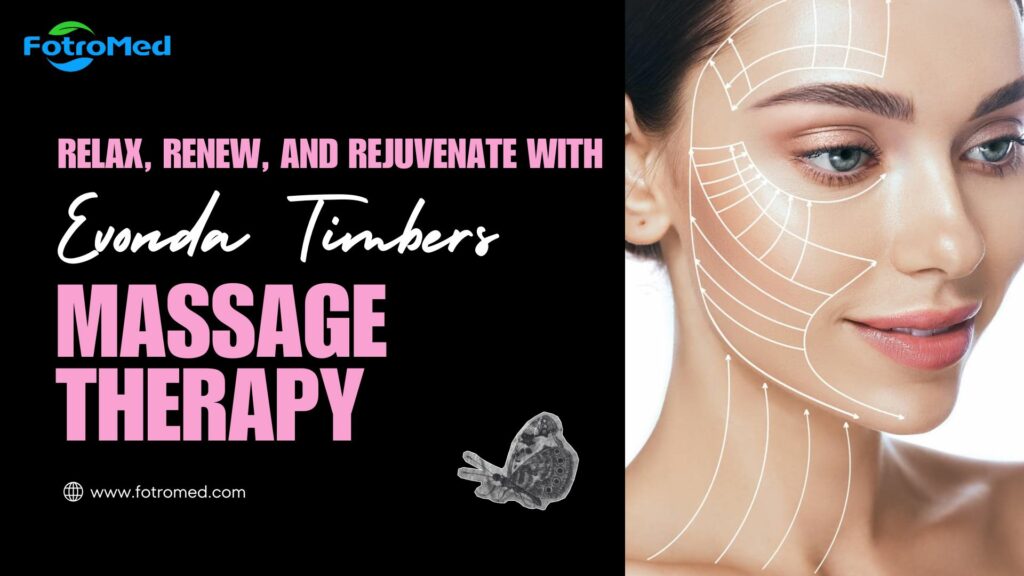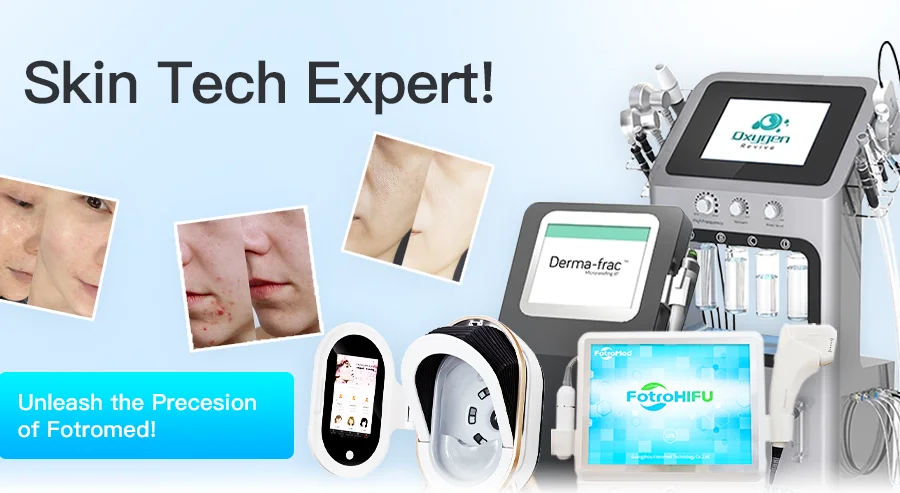
As the founder of Fotromed, staying on top of the latest trends in dermatology will help you offer cutting-edge services that attract new patients and retain existing ones. Here are some of the most recent and emerging trends in dermatological treatments:
1. Teledermatology & Virtual Consultations
- The rise of telemedicine has made virtual consultations a significant trend in dermatology. Patients can easily consult dermatologists for routine skin care, acne treatment, and even follow-up consultations via video calls or photo submissions.
- Teledermatology is particularly appealing for patients in remote areas or those seeking convenience without the need for an in-person visit.
2. Artificial Intelligence (AI) for Skin Cancer Detection
- AI tools are increasingly being used to assist dermatologists in diagnosing skin cancers, particularly melanoma. These tools analyze images of moles or lesions, helping doctors identify potential issues more accurately and quickly.
- Incorporating AI into your clinic can set you apart as an innovative, tech-forward practice.
3. Non-Invasive Aesthetic Treatments
- Botox, Fillers, and Dysport: Injectable treatments for wrinkles and fine lines remain incredibly popular. The trend is moving towards preventative Botox, with younger patients opting for small doses to slow down the aging process.
- Thread Lifting: A non-surgical facelift alternative that uses dissolvable threads to lift and tighten sagging skin. >>>Skin Tightening & Rejuvenation
- PRP (Platelet-Rich Plasma): PRP therapy, which uses the patient’s own blood to stimulate collagen production, is growing in popularity for skin rejuvenation, treating acne scars, and even hair loss (PRP for hair restoration). >>>
4. Laser Treatments and Energy-Based Devices
- Fractional CO2 Laser: This laser is used to treat deep wrinkles, acne scars, and sun damage. It stimulates collagen production for more youthful skin.>>>Fractional CO2 Laser Machine
- PicoSure and PicoWay Lasers: These are cutting-edge lasers used for tattoo removal, skin rejuvenation, and the treatment of pigmentation issues.
- RF Microneedling: Combining microneedling with radiofrequency energy, this treatment is great for improving skin texture, tightening, and reducing the appearance of scars.>>>Microneedle RF Machine
5. Personalized Skincare Solutions
- Dermatology is moving towards more personalized care, with treatments and skincare products tailored specifically to an individual’s skin type, conditions, and genetic factors.
- Genomic Skincare: Some clinics are starting to offer genetic tests to provide patients with skincare products and treatments based on their DNA. This allows for a more targeted approach to managing skin conditions like acne, rosacea, and aging.
6. Microbiome and Skin Health
- The role of the skin’s microbiome in maintaining healthy skin is becoming a major area of focus. Skincare products and treatments that support the skin’s natural flora, such as prebiotics and probiotics, are gaining popularity.
- Research indicates that maintaining a balanced microbiome can help with conditions like acne, eczema, and psoriasis.
7. Sustainable and Clean Beauty Products
- There is a growing demand for sustainable, eco-friendly, and clean skincare products. Patients are becoming more aware of the ingredients in their products and are increasingly seeking out dermatologists who recommend or offer eco-conscious treatments.
- Brands that promote ethical sourcing, cruelty-free testing, and recyclable packaging are becoming more popular.
8. Cryotherapy for Skin Health
- Cryotherapy involves using extreme cold to stimulate the body’s healing processes, reduce inflammation, and treat conditions such as acne, psoriasis, and warts. It’s gaining popularity in dermatology for its anti-inflammatory and rejuvenating properties.
9. Advanced Acne Treatments
- New acne treatments are increasingly effective, targeting both the causes of acne (like hormonal imbalances and excess oil production) and the visible effects (scarring and pigmentation).
- Blue Light Therapy: This treatment kills acne-causing bacteria and reduces inflammation without harsh chemicals.
- Isotretinoin Alternatives: New oral medications, like Spironolactone, are emerging as effective alternatives for treating acne, especially for female patients with hormonal acne.
10. Stem Cell Therapy
- Stem cell therapy is emerging as a revolutionary treatment for skin regeneration. It’s being explored for use in treating scars, wrinkles, and even hair loss.
- The application of stem cells in dermatology is still developing but has shown promise in healing and rejuvenating the skin.
11. Non-Surgical Fat Reduction Treatments
- Non-invasive treatments like CoolSculpting (cryolipolysis) and Ultrasound Fat Reduction (e.g., UltraShape) are gaining traction. These technologies reduce fat deposits in targeted areas without surgery, which has become a key aesthetic concern for many patients.
12. CBD-Infused Skin Care
- CBD (cannabidiol) has gained popularity for its potential anti-inflammatory and antioxidant properties. CBD-infused products are now being recommended for various dermatological conditions, such as acne, psoriasis, and eczema.
- Some dermatologists are incorporating CBD-based skincare into treatment regimens for patients dealing with inflammation or irritation.
13. Sunscreen Innovation
- Sunscreens with advanced formulations that not only protect against UV rays but also address skin aging and hyperpigmentation are on the rise. Innovations like mineral sunscreens with added skincare benefits (e.g., antioxidants or anti-pollution ingredients) are becoming highly sought after.
14. AI-Powered Skin Care Recommendations
- AI-driven skin care analysis is becoming more common in dermatology clinics. Devices that scan the skin’s condition and provide personalized skincare recommendations based on the data are emerging as useful tools in dermatology.
15. Skin Care Apps and Wearables
- Wearable tech like patches and sensors that track skin health and provide feedback about hydration, UV exposure, or skin conditions are becoming more integrated into dermatology. These tools can help patients manage conditions like acne, eczema, or rosacea more effectively.
By incorporating some of these innovative treatments and technologies, Fotromed can stay at the forefront of the dermatology industry and offer your patients the most advanced, personalized, and effective care. If you want to explore any of these trends further or need help implementing them at your clinic, feel free to reach out!
You may also like:
Invest Smart: Aesthetic Machine Breakdown for Maximum ROI in Your Salon
Professional Esthetician Machine vs. Home-Use Esthetician Machine
Konnie’s Journey with FotroMed LumninoMax 4 in 1 Technology
Hydrafacial Alternatives – A Smarter Choice for Your Spa Business
How FotroMed Solved Dr. Najeh’s Challenges with the UltraLift SD Compact HIFU Machine?
Client Story: Transforming Skincare with Derma Vision Plus Skin Analysis Machine in the UK
Nathalia’s Journey to Starting Her Own Clinic with FotroMed IPL
Tanya’s Journey: Elevating Her Clinic with Fotromed’s Derma Pulse MNRF
Oxygen Facial Machine ODM: Fotromed & a Chilean Distributor
A Journey of Trust: How Fotromed Helped Taylor from Australia Expand Her Clinic’s Services
A HIFU Machine Success Story: Tetionie’s Journey to Upgrading Her Aesthetic Practice
HIFU Machine Success: Expanding Services with Ultralift SD Compact in Belgium

